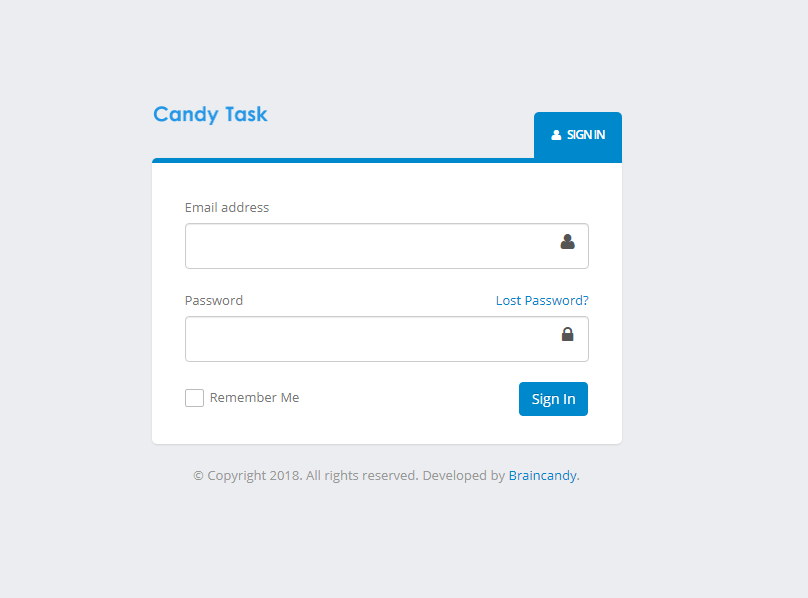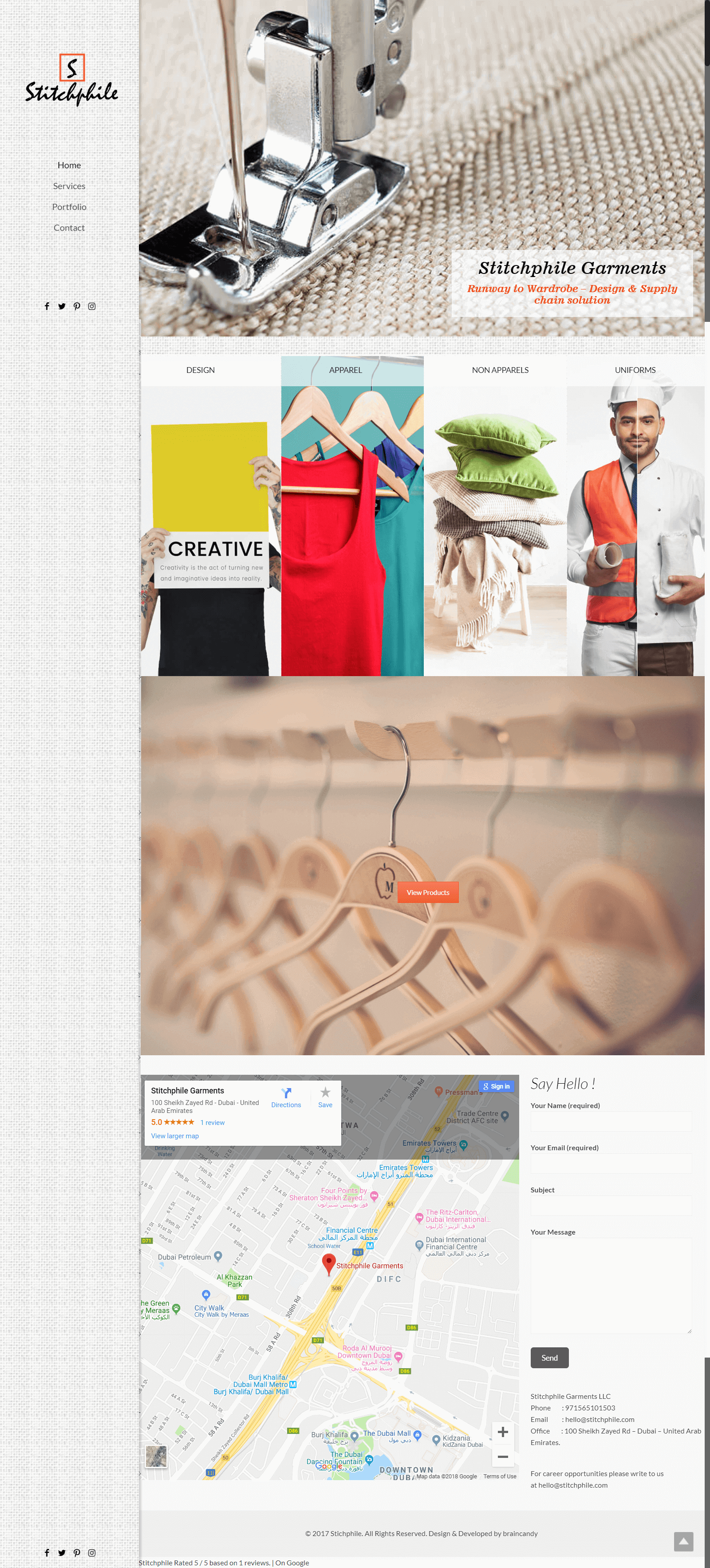- BY braincandy
- POSTED IN Website Design & Development
- WITH 0 COMMENTS
- PERMALINK
- STANDARD POST TYPE


The advent of e-commerce was marked by a profound recession in the global economies of major nations which in turn siphoned and cascaded down to affect other economies. Thus, triggering a global meltdown which resulted in a number of jobs lost overnight and the ripple effect devastating many dependent economies in turn and bringing hopes and dreams down crashing. However like they say every dark cloud has a silver lining, this economic recession was a really dark cloud looming over everyone’s head and the only silver lining it produced was re-positioning and exploiting the Internet to resurrect not just dilapidated economies but also millions of hopes and dreams which were lost in darkness. Trade, which was earlier restricted by territories and heavily dependent on logistics, found a different route on the Internet eliminating all these dependent costs and breaking through territorial restrictions. The dot com boom soon ushered in E-commerce trend and very soon physical business and trade and shopping, two mutually inclusive acts in any walk of life, saw a paradigm shift from real time to virtual. Consumers could browse through several collections and sample them for prices before returning to make a purchase at their own sweet time, something unheard of earlier. Very soon E-commerce became the norm for shopping and trade and e-commerce brands made shopping even more incentivized giving small and medium traders a real run for money. The current trend being, small and medium players have all resigned to the e-commerce wave and decided to either completely shut shop and take their business online or give their real time business a well defined online presence. So your local grocer in order to combat the endless inventory and larger resources of multinationals who have delved into the e-commerce sector giving him stiff competition with his limited resources, has now decided to launch his shopping application or a website to facilitate regular consumers lest they take their business away from him. The larger players have nothing to lose as it is a part of their branding exercise but for the neighbourhood grocery store it is a matter of livelihood. With teh larger players offering incentives to consumers such as enjoying the freedom of their day offs in indulging in exactly what they please without compromising on detailed trips to local market on a day off and still having their grocery home delivered, the local seller has decided to join the bandwagon or be lost forever. So personalisation has been given a digital finishing touch. While you still know the trader on a first name basis, you can rely on the convenience of online shopping on his portal to receive the shopping list delivered to your home exactly when you want it including the usual perks that you enjoyed at the physical store for being a long standing customer.
Earlier only a brand or a shop with physical presence was reliable and trustworthy, before the advent of online shopping. With the arrival of online shopping, people still relied on the store shopping experience for trust and reliability issues apart from range of wares, personalisation and wide array of other conveniences. However, the changing face and trend of e-commerce has actually turned the tables to such an extent that people now opt for an in-store experience only if the online presence of the store impresses them reasonably enough. Moreover, technology has been developed to individually cater to every individual with customized propositions. For instance, if you have been browsing a particular brand of men’s watches or ladies tote bags online and have been contemplating making a purchase, remarketing models have been devised such as to keep popping that very item to your screen at every opportune moment. So not only has marketing become more customized, but this customized attention to consumers needs often works as a personal touch convincing the consumer to make the purchase eventually. The payment structures have also been revised and devised so as to give the consumer the idea of maximum advantage while purchasing online. Pay first and then receive order sgave way to cash on delivery to now prevalent, order and return if you don’t like what you ordered or free home trials for garments at no extra cost. Slowly but surely brands are working to completely erase the thin line that separates real from virtual when it comes to shopping. Integrated shopping experiences where you select items online and then go to a store to have them lined up for you to choose and try from before you make a purchase. Logistics which has always been critical element for brands to live up to their delivery commitment, is also an area that is being tampered for upgrades and developments such as drone deliveries which although in a testing phase in most economies could very well become a reality in the coming years, thereby completely eliminating any human involvement in deliveries. The future of commerce has already been affected by a paradigm shift to an electronic platform. In course of time it remains to be seen if e-commerce is completely automated and sufficed by machines thereby making the shopping experience absolutely error free, compact and concise.












